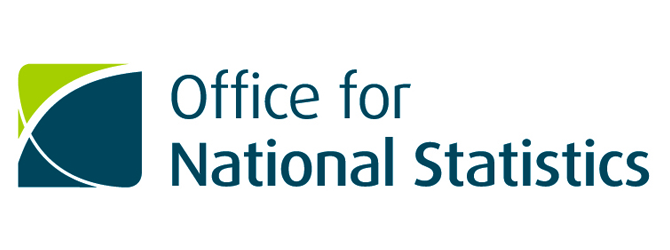 Neil Carberry, REC Chief Executive, said:
Neil Carberry, REC Chief Executive, said:
“Permanent hiring has been dropping in the UK for most of the year, reflecting employers’ concerns about inflation and the performance of the broader UK economy. Even so, vacancies remain above their pre-pandemic level. Businesses tell us that they feel quite confident about the resilience of their own businesses, and are ready to invest as the economic picture improves, which provides some hope of a turnaround in hiring in the next few months.
“Pay is up strongly again as some sectors, such as hospitality engineering and logistics continue to experience labour shortages. But the main driver of higher pay is now 2023 pay settlements, which are still in the annual date. These were high as firms reacted to the shortages of 2022 by paying existing staff more to retain them and cushion against inflation. A very large increase in the National Minimum Wage has also driven the annual figures up. We would expect pay growth to fall with inflation next Spring as 2024 pay awards will not be as high. It will be important for the Low Pay Commission to have this in mind when setting the minimum wage for 2024, too.”
Neil Carberry added:
“Any sustainable growth strategy must be built on the skills and productivity of the British workforce. Step up on skills, welfare to work, infrastructure, transport and taxation in ways which boost labour market participation at next month’s Autumn Statement will be vital to recovery. Failing to fill the shortages the economy currently has would lead to a 1.2% fall in expected GDP by 2027 – which will cost the economy anywhere between £30 billion and £39 billion every year. This figure is just short of the entire current defence budget, or two whole Elizabeth Lines.”
 Jack Kennedy, Senior Economist at the global hiring and matching platform, Indeed, commented:
Jack Kennedy, Senior Economist at the global hiring and matching platform, Indeed, commented:
Wages have risen the most in real terms in nearly two years, delivering workers a much needed boost after a prolonged period of erosion. With inflation continuing to fall back, real wages grew by 1.1% y/y, the strongest since late-2021.
Overall, regular pay growth remained close to a record high in the three months to August at 7.8% year-over-year, ticking down from 7.9% in the previous period. Public sector regular wage growth hit a record high at 6.8% y/y, though it trails the private sector, which recorded 8.0%. One-off NHS bonuses following the recent pay deal drove public sector wages including bonuses up by a record 12.5%.
Wage growth remains a crucial metric for the Bank of England in assessing the persistence of domestically-generated inflation and hence prospects for interest rates.
While the strength of wage growth means policymakers need to remain vigilant, more recent data from the Indeed Wage Tracker offers them hope that pay pressures may be starting to cool. Growth of advertised pay for new hires eased in September on both the single-month and three-monthly measures (7.3% y/y to 7.1% on 3m measure and 7.3% to 6.9% on single-month).
Wage growth remains high in a number of categories though, led by childcare (10.5% y/y), cleaning (9.1%) and care (8.4%). It’s well down from peaks though in categories including driving, construction and tech.
Meanwhile, the ONS figures show labour demand continues to gradually fall back from last year’s peaks. Vacancies fell for the fifteenth consecutive period in the three months to September to 988,000 and are down 24% from their peak. That continued rebalancing of the labour market should take some of the heat off wage growth in coming months.



